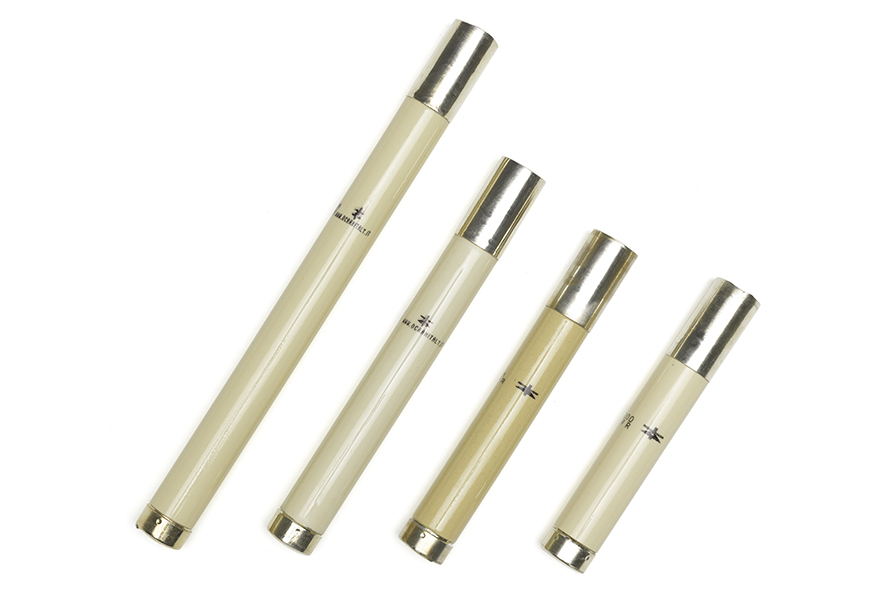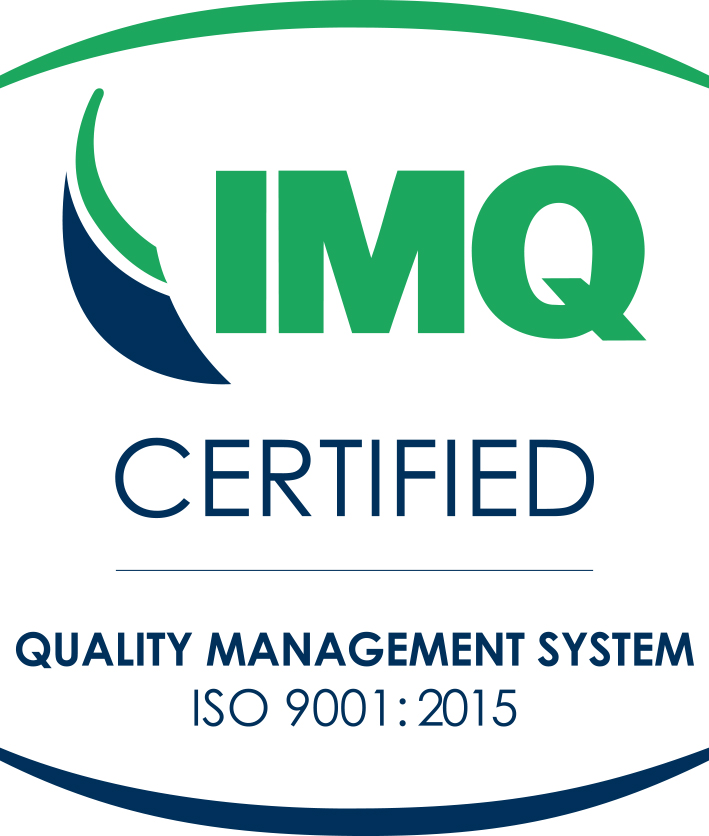String diodes are essential components in various electronic and photovoltaic systems, offering precise control over the flow of electric current. In this article, we will delve into the world of string diodes, exploring their functionality, applications, and importance in modern technology. Whether you are a seasoned engineer or a curious novice, this comprehensive guide will provide valuable insights into the world of string diodes.
What Are String Diodes?
String diodes, also known as bypass diodes or blocking diodes, are semiconductor devices designed to regulate the flow of electric current in strings of solar cells or LEDs. They play a crucial role in enhancing the efficiency and reliability of these systems. String diodes are typically connected in parallel with each string of cells or LEDs, allowing them to divert or block current under specific conditions.
Functionality and Operation
String diodes are primarily used to mitigate the effects of shading or malfunctioning cells or LEDs within a string. When a solar cell or LED is shaded or fails to function, it becomes a high-resistance path, potentially hindering the performance of the entire string. String diodes prevent this by offering a low-resistance path, allowing the unaffected cells or LEDs to continue functioning. This ensures that the entire system continues to operate efficiently even when individual components are compromised.
Applications of String Diodes
Solar Photovoltaic Systems: String diodes are extensively used in solar arrays to minimize the impact of shading on energy production. They help maintain a consistent flow of electricity, ensuring maximum power output even when some panels are partially shaded.
LED Lighting: In LED lighting systems, string diodes protect against the failure of individual LEDs within a string. This is particularly important in applications where the failure of one LED should not disrupt the entire lighting system, such as in traffic lights or decorative lighting.
Battery Charging and Protection: String diodes are employed in battery charging circuits to prevent reverse current flow from the battery back to the solar panels or other power sources. They also safeguard batteries from overcharging.
Automotive Electronics: String diodes are used in various automotive systems to manage current flow and protect sensitive electronic components from voltage spikes and reverse polarity.
Importance of Proper String Diode Selection
Selecting the right string diodes is crucial for optimizing the performance and reliability of electronic and photovoltaic systems. Factors to consider include:
Forward Voltage Drop: Lower forward voltage drop diodes reduce power losses in the system.
Current Rating: Ensure that the diodes can handle the maximum current expected in the string.
Reverse Voltage Rating: Choose diodes with reverse voltage ratings exceeding the system’s requirements.
Temperature Tolerance: Opt for diodes that can operate within the expected temperature range of the application.
String diodes are unsung heroes in electronic and photovoltaic systems, ensuring uninterrupted operation and efficiency even in the face of individual component failures or shading. As technology continues to advance, the role of string diodes in various applications becomes increasingly critical. Understanding their functionality and importance is essential for engineers and professionals working in fields where reliability and efficiency are paramount. By choosing the right string diodes and incorporating them effectively, you can enhance the performance and longevity of your electronic systems and solar arrays.
We are among the main manufacturers of string diodes throughout Italy. Don't hesitate to ask us for information

HIGH VOLTAGE RECTIFIERS
Hermetically sealed devices in ceramic tubes. Suitable for solder or screw connections. They can be mounted in the air or in oil. Avalanche devices. Gives 2,5 KV a 180 KV
80-180-KV-SKXA
Increase the image size
HSKN/R
Diode 5000 V – 30 A
Increase the image size
HSKE 5000-40 A
Diode 5000 V – 40 A
Increase the image size
SKHM6
Diode 6000 V – 6,4 A
Increase the image size
SKHM16
Diode 16.000 V – 0,85 A
Increase the image size
SKHM-50-F
Fast Recovery Diode
50.000 V – 0,7 A
Increase the image size
- Voltages from 2,5 KV a 180 KV
- Currents from 0,25 A a 30 A
- Hermetically sealed in ceramic tubes
- Suitable for soldering or clamping connections
- Can be mounted in air or oil
- Avalanche characteristic
-
Compact size
- Electromedical
- Electrical cable insulation quality test
- Laser equipment
- X-ray equipment
- Thin film
- HV power supplies
- AT measurement equipment
OCRAM stands out for these first-rate pluses: the ability to customize each tool, modeling it on the customer’s needs, even for single pieces; absolute safety in the operational phase which guarantees safety from any damage; punctuality in deliveries (zero delay policy) and accurate pre- and post-sales customer assistance.
Share this article
Contact Us!
Fill out the form below to request information, we will reply you very quickly
- +39 0444946448
- info@ocramitaly.it
- Via Rovigo 1 Dueville (VI)


